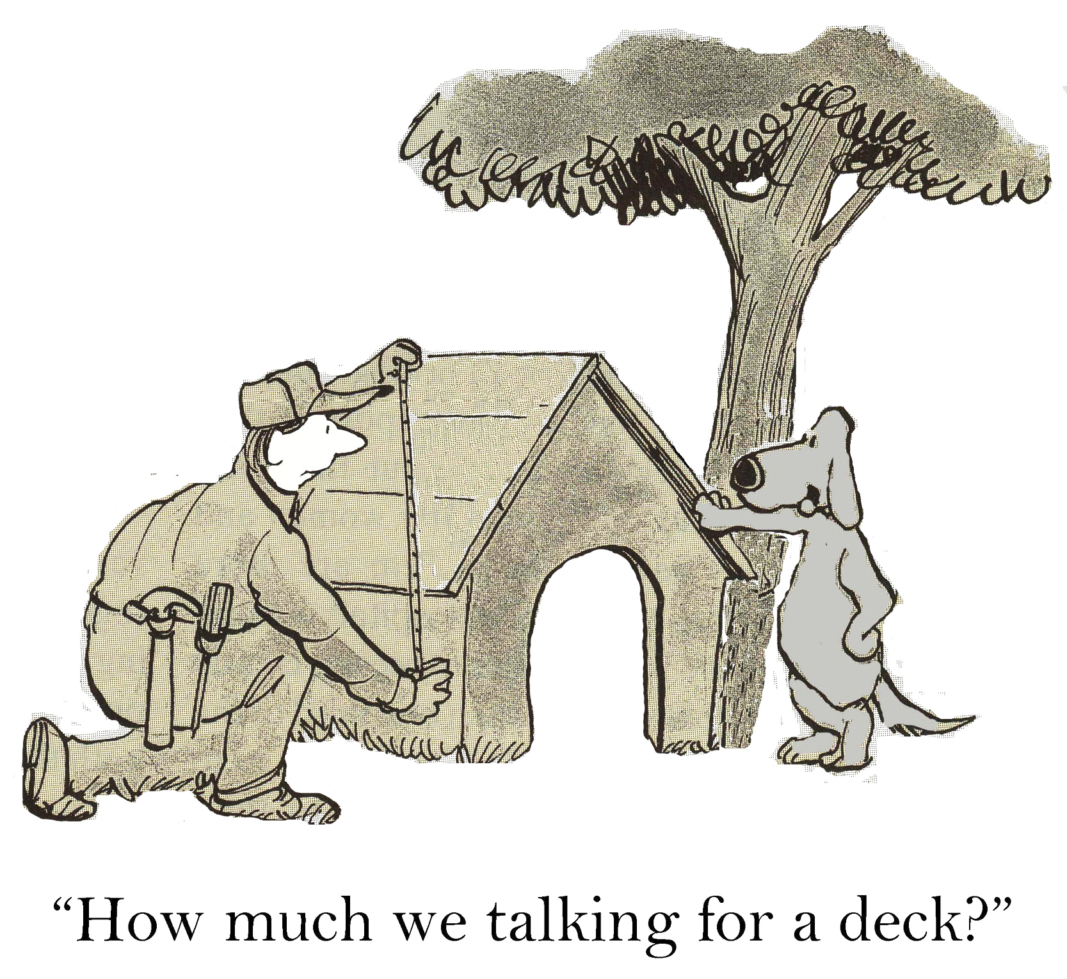Ruff Livin’

The dog – person emotional connection is so amazing. If one lives with you, you know exactly what I mean. Puppy love. . . yeah, it’s a thing.
Dogs. Dogs have always been, and continue to be, one of our most loyal companions, providing love, help and comfort in so many ways. Most often, dogs are a loyal addition to families everywhere. They can be best friends, always ready to play or hunters, tracking through forests with the keenest senses. In some settings, dogs are rescue and guard animals, by the sides of police officers, firemen and EMS members. Sometimes, they are sled dogs, pulling people and cargo through cold wintry terrain or therapy dogs assisting in living daily life. But most often, they are just part of our households. One thing that’s vital to a dog’s wellbeing and longevity is a good place to rest and sleep. A recent article in Smithsonian Magazine shares a fun story, when the great Frank Lloyd Wright agrees to design a doghouse for a little boy. For all my “dog loving” readers out there, here’s some fun info about dog houses – be sure to check out the video on “over the top” designs. And send me your stories on doghouses you’ve built – pictures too! (skowalski@khtheat.com). Special thanks to youtube, smithsonianmag.com, embarkvet.com and thehousedesigners.com for the info and images. Enjoy!
Tune from Buddy Jones
Tune from Bobby Monroe (and his dogs)
- For the longest time, domesticated dogs simply inhabited the outdoor elements. The earliest known structures were kennels made of mud. Doghouses would not become a commodity for people until well into the nineteenth century, but even at that point, design would remain extremely crude, as they were made of whatever material owners could scrape together.
- Eventually, canine homes started becoming mass-producible in factories, which allowed for better materials such as framing lumber and plywood that resisted weather and proved sturdier over time. But a dog’s place of rest and retreat was still arguably very uncomfortable and not completely protective yet. By the 1960s, companies began switching over to making plastic doghouses, the style of which became a much more popular way to go, and things were looking up for the canines.
- In the past couple decades DIY doghouses have become a growing trend as owners focus on keeping their dogs safe and comfortable when outdoors. There really is much to consider in giving our beloved pets the best possible home away home, but with today’s modern offerings, keeping them comfortable and protected can be easy, stylish, and even environmentally friendly.
- The changing seasons, depending on where you live, can test the suitability of a doghouse all year round with different kinds of weather. For one, a dog’s space is a shady refuge for your pet from the summer heat. Yet some features can really enhance this luxury for them, such as ventilators that can be closed in the winter months, or fans with quiet motors that won’t disturb the animal when sleeping.
- If having your dog stay in their home during the colder winter months becomes a necessity, you can fret less by getting insulated materials, such as special siding that both resists weather and prevents rotting over long periods of time. Doggie doors can also be made of insulated and durable material, and to truly keep the structure toasty warm you might also consider pet heaters, which can be weather-resistant and thermostat regulated.
- Doghouses can be built with better and more earth-friendly materials, such as sustainable roofing shingles that can make for trendy but also energy efficient doghouse coverings. There are options for recyclable material for both roofing and flooring that still look great and resist scratching and molding.
- Solar power is becoming increasingly available for doghouses as well. Heaters and fans can keep your pet cozy any time of year. They can be completely solar powered, charging up in the daytime and working capably at night. Lighting might be another important factor for your pet’s space, so consider solar powered and LED options.
- Of course, the look of your dog’s space or house can be just as vital a step in the process to giving them the best possible personal home. If one fancies that classic feel of an actual dog ‘house’, they can come in a variety of models that would match the very style of your own home, from rustic to ranch to even Greek-revival! Everything, from the construction to accessories to coloring can be chosen today, with limitless options, to get the exact look and feel both you and your companion adore.
- See some outrageous dog houses
- Finally, it would take way too many pages / pictures to show all of the options for the inside of your homes! So just do what makes sense, and love those doggies!

::::::::::::::::::::::::::::::::::::::::::::::::::::::::::::::::::::::::::::::::::::::::::
DO YOU LIKE CONTESTS?
Me, too.
As you may know the Kowalski Heat Treating logo finds its way
into the visuals of my Friday posts.
I. Love. My. Logo.
One week there could be three logos.
The next week there could be 15 logos.
And sometimes the logo is very small or just a partial logo showing.
But there are always logos in some of the pictures.
So, I challenge you, my beloved readers, to count them and send me a
quick email with the total number of logos in the Friday post.
On the following Tuesday I’ll pick a winner from the correct answers
and send that lucky person some great KHT swag.
So, start counting and good luck!
Oh, and the logos at the very top header don’t count.
Got it? Good. :-))))
Have fun!!
::::::::::::::::::::::::::::::::::::::::::::::::::::::::::::::::::::::::::::::::::::::::::



